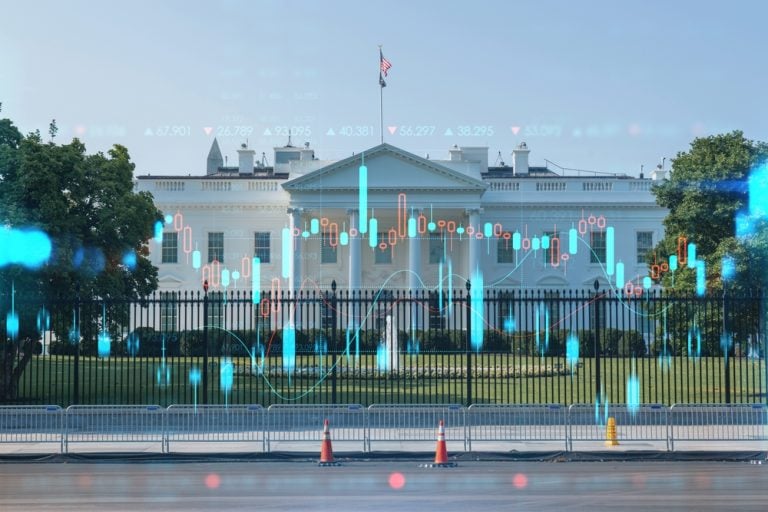There is little doubt that renewable energy holds the key to Australia’s push to achieve net zero, which goes a long way towards explaining why the Australian Renewable Energy Agency (ARENA) has approved record funding towards projects aimed at accelerating the transition.
During the 2022-23 financial year, the independent government agency greenlit funding of $544.1m to 60 projects valued at over $3.5bn, the largest sum approved in a single year.
Much of this (and rightly so) went to the Large-Scale Battery Storage funding round, which saw $176.4m in funds approved to eight projects while the Ultra Low-Cost Solar Research & Development (ULCS) funding round distributed $41.5m to 13 projects.
And there’s more coming.
New funding rounds include some $120m committed for community batteries, $50m for hydrogen and iron and steel R&D and $30m for sustainable aviation fuel – possibly the most challenging transport sector to abate – amongst others.
A focus on storage
Is this funding sufficient to drive greater adoption of renewables and energy storage?
Possibly, though funding targeted more at energy storage might be more effective as Australia already has significant uptake of grid and rooftop solar, so much so that there have been periods of time where electricity prices on the east coast have gone into negative territory.
Along with simplifying regulatory approvals – funding energy storage projects could help address this issue as negative prices means poor or no returns, something that no renewable energy producer wants as they are still businesses that need to show a return.
Energy storage – be it battery, hydrogen, pumped hydro or molten salt – will allow producers to store power generated during times when the sun is strongest for use at times of peak demand.
Besides granting them a return on investment, it also goes a long way towards ensuring that we can meet our renewable energy targets.
US$100, no sorry US$98 oil?
Standard Chartered has predicted that the Brent crude benchmark could hit US$98 per barrel in 2024 and says that its forecast is well supported by supply and demand fundamentals.
The bank says its forecast, which is just shy of the magic US$100/bbl mark that often gets bandied around, is based on global demand growing by 1.5 million barrels per day (MMbbl/d) while OPEC’s goal of stabilising prices in an acceptable range could lead to further tightening of fundamentals in 2025.
Meanwhile, the World Bank said that while conflict had little impact on commodity prices so far, it warned that crude could hit US$150/bbl if a full scale conflict breaks out and leads to a large-scale disruption comparable with the Arab oil boycott of the West in 1973.
Should no such disruption occur, the World Banks’ baseline forecast indicate that oil prices will average $90 a barrel in the current quarter before declining to an average of $81 a barrel next year as global economic growth slows.
Brent is currently trading in the mid US$80s range, with Reuters noting at the beginning of the week that fears about conflict in the Middle East disrupting production had been replaced by concerns about rising interest rates and the impact on the global economy and oil consumption.
As these analysts indicate, crude oil prices are likely to stay within this range – or possibly up to the US$90/bl mark – if the conflict remains controlled.
If not, well, prepare for some serious price pain.
The post Power Up: Renewables funding is on the upswing and that’s a good thing appeared first on Stockhead.





















+ There are no comments
Add yours